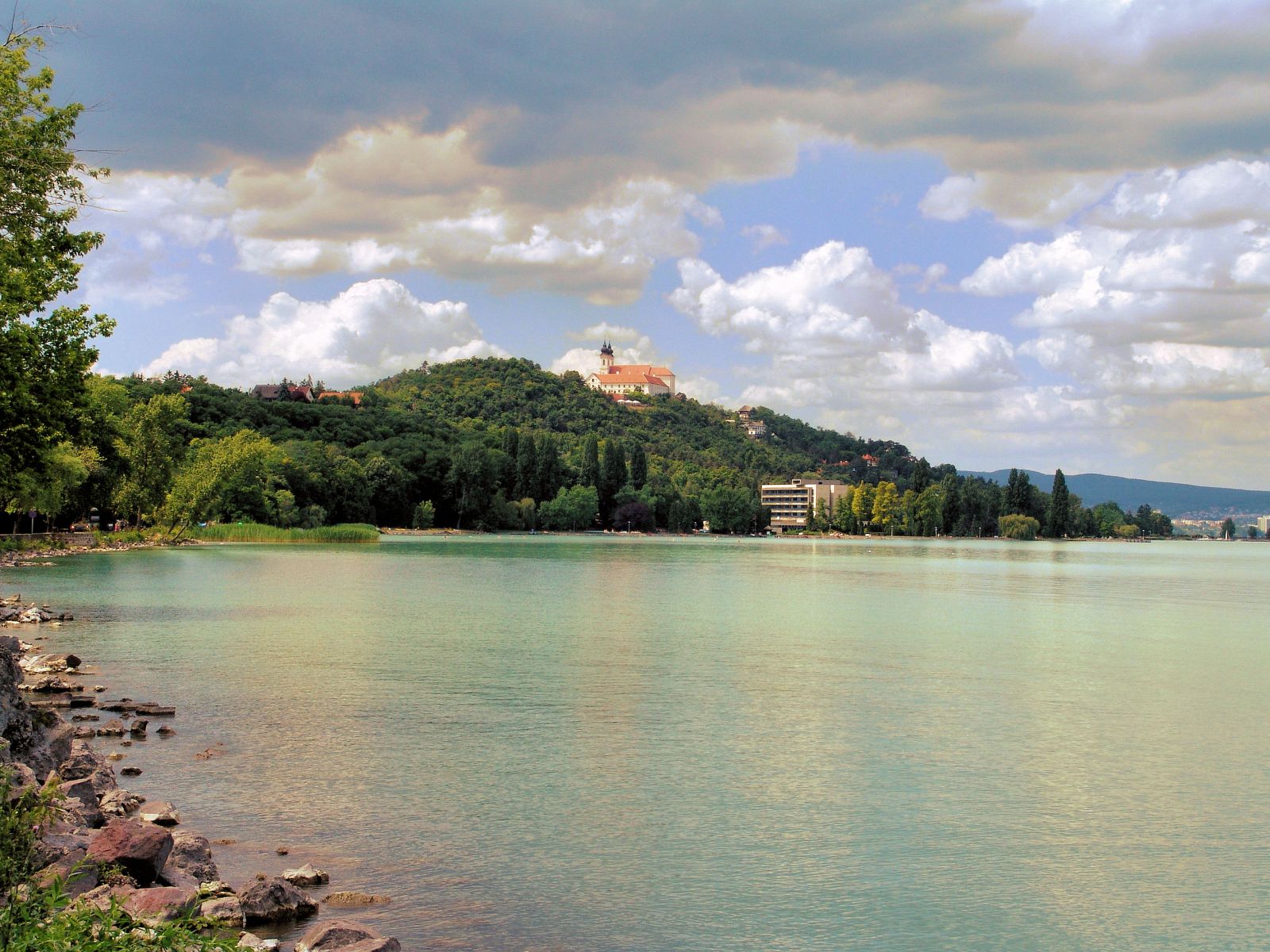1/11
Danube Bend Tour
The Danube is the longest river in Central Europe and it is a good way of discovery, conquest, culture and trade. You will visit Visegrád, Esztergom and Szentendre, the three main riverside cities of the region during the trip. The first stop of their trip is the wonderful Caprice Diamond Museum, which is the biggest diamond and jewel center of Europe where you can get acquainted with the history of diamonds and the process of making jewelry.
2/11
Visegrád – Breathtaking Panorama
Visegrád has important historical significance, since it was the royal residence in the 14th century. Guests are able to see the former royal palace and the castle where the Visegrád Assemble of 1335 was held. The Danube Bend panorama is definitely the best from here, it will amaze everybody from young to old.
3/11
Esztergom – the Former Capital of Hungary
Esztergom was the capital of the country from the 10th century until the middle of the 13th century. Saint Stephen I the founder of the state was born here. The Esztergom Basilica as the seat of the Catholic Church in Hungary is found here, which is the third biggest cathedral of Europe. After a walk inside the Basilica, you will spend your three-course meal in a traditional Hungarian restaurant.
4/11
Szentendre – the Pearl of the Danube
With its narrow, cobbled streets, artistic galleries, gift shops, street musicians, portrait makers, and Mediterranean atmosphere, Szentendre is a precious stone of the Danube Bend. After discovering the picturesque baroque town center, Eurama guests can do a little shopping or taste the locally made marzipan. Feel free to visit the Marzipan Museum. The group returns to Budapest by boat at the end of the tour except wintertime or low water level.
6/11
Herend and Lake Balaton tour
Lake Balaton is the biggest lake in Central Europe. Since Hungary is bordered by land everywhere, the lake is called as the ‘Hungarian Sea’. Balatonfüred is now a real holiday resort that meets European standards. Herend is among the world famous porcelain factories. The hand painted and detailed hand wrought ceramics have already won several awards on noted exhibitions. These beautiful pieces of porcelain decorate the homes of royal aristocracies, politicians and Hollywood celebrities.
7/11
Herend – The Art of Porcelain
The tour starts in the porcelain manufactory of Herend founded in 1826. The porcelain made here became very quickly famous all over the world short after the grand opening of the factory. The Habsburgs, Sissi (Empress of Austria), Franz Joseph I and all royal courts of the era were great collectors. In the factory, you are able to follow the way of the porcelain from the moulding through baking to painting. Experts of ceramics practise this elaborate process demonstrating the different painting techniques and unique styles. In the museum part, you are able to see priceless pieces of porcelain art and old equipment of porcelain making such as furnaces. You can certainly do some shopping in the gift shop of the factory, or you can have some coffee in your newly purchased cup in the museum café.
8/11
Tihany and Füred – Strolling around the Lake
The next stop is the Tihany Peninsula. You can get up to the famous Benedictine Abbey through a narrow street crowded with gift shops and retailers. There is an amazing view over the lake from the Abbey founded in 1051. After a nice walk in the neighborhood, you will have a three-course meal in a pleasant restaurant. The last stop is Balatonfüred, where you can spend some time along the beautiful promenade among the renovated villas of the sailboat port. The tour ends in Budapest in front of your hotel.
Note: Feel free to ask for advice if you decide to stay overnight, to enjoy the sunshine or to taste the specialties of local winegrowers.
10/11
Trip on the Puszta – The Great Hungarian Plain
More than the half of Hungarian territory is lowland. These plains are the major source of agricultural production of the country. Locals have been giving their lives to farming, cultivation and livestock breeding for centuries. The bare and widespread ‘puszta’ inspired many poets and authors through history and it played an important role in strengthening Hungarian folk culture and national identity.
11/11
Puszta – The Great Plain
After leaving Budapest, the first stop is Kecskemét, which is a determining city of the Great Plain with its characteristic buildings. ‘Cifra Palota’ is one of the most beautiful examples of the Art Nouveau style. After the city tour, you are taken to the most interesting place of the trip, which is the traditional restaurant of the Hungarian Plains, the ‘csárda’. Guests are welcomed by a ‘betyár’ (highwayman) with a small glass of peach-pálinka and some round cakes. After the drinks there is a special ‘betyár’-show and it turns out how to ride five horses at the same time. Following the show, there is a possibility to ride horses individually. Do not hesitate, have a try. The three-course of typical Hungarian dishes are served in the ‘csárda’ accompanied with live gipsy music. You can taste goulash cooked in a stew-pot on an open fire, red and white Hungarian wines, delicious mixed plate of traditional food, typical Hungarian desserts and black coffee. The tour ends in Budapest in front of your hotel.












